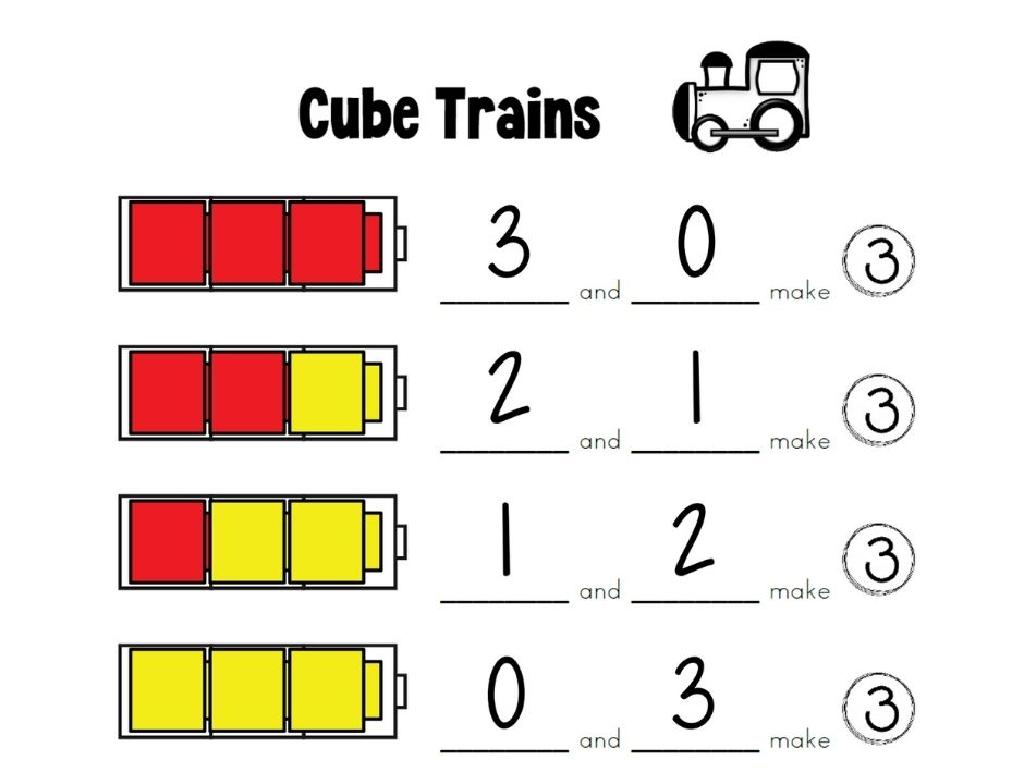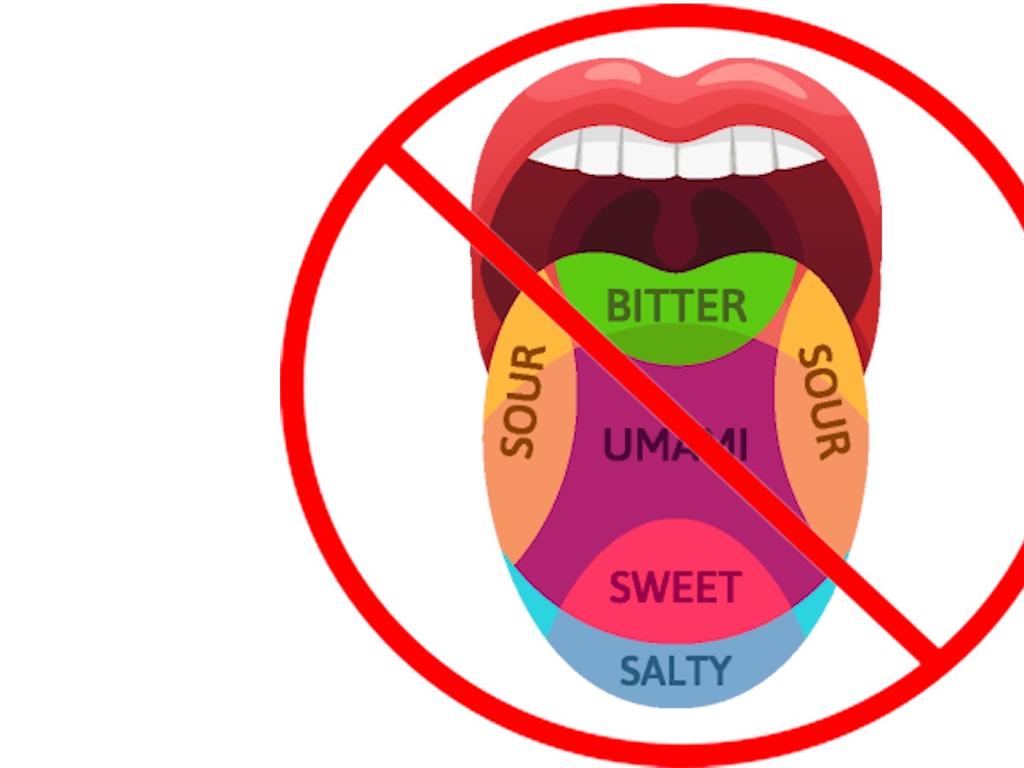Is The Sentence Simple, Compound, Or Complex?
Subject: Language arts
Grade: Fifth grade
Topic: Sentences, Fragments, And Run-Ons
Please LOG IN to download the presentation. Access is available to registered users only.
View More Content
Sentence Structure: Simple, Compound, or Complex?
– What are simple sentences?
– A simple sentence has one subject and one verb.
– Exploring compound sentences
– Compound sentences have two or more independent clauses.
– Complex sentences uncovered
– Complex sentences contain an independent clause and one or more dependent clauses.
– Importance of sentence types
|
This slide introduces the concept of sentence structure, which is crucial for effective communication and writing. Start by explaining simple sentences as the foundation of English grammar, consisting of just one complete thought. Then, discuss compound sentences, which connect two independent clauses with a conjunction. Move on to complex sentences, which combine an independent clause with one or more dependent clauses, adding depth to writing. Emphasize the importance of understanding these differences to enhance reading comprehension and writing skills. Provide examples for each and encourage students to create their own sentences in each category.
Exploring Sentence Structures
– Definition of a sentence
– A sentence shares a complete idea
– Sentence must have a subject
– Who or what the sentence is about
– Sentence must have a predicate
– What the subject does or is
– Example of a simple sentence
– ‘The cat (subject) is sleeping (predicate)’
|
This slide introduces the basic concept of a sentence to the students. Start by explaining that a sentence is not just a collection of words; it must express a complete thought. Emphasize the importance of having both a subject and a predicate for a group of words to be considered a sentence. The subject is the person, place, thing, or idea that the sentence is about, while the predicate tells something about the subject, usually involving a verb. Use the example provided to illustrate these components. Encourage students to come up with their own sentences, identifying the subject and predicate to reinforce their understanding.
Simple Sentences
– One independent clause
– A clause that can stand alone as a sentence.
– Expresses a single thought
– It doesn’t connect to any other clause.
– Example: ‘The dog barks.’
– Subject ‘The dog’ + verb ‘barks’ shows action.
|
This slide introduces the concept of simple sentences to the students. Emphasize that a simple sentence is the most basic type of sentence structure and consists of one independent clause, which means it has one subject and one predicate and can stand alone as a complete thought. Use the example ‘The dog barks.’ to illustrate a simple sentence. It has a subject (‘The dog’) and a verb (‘barks’) and expresses a complete idea. Encourage students to come up with their own examples of simple sentences and to identify the subject and verb in each. This will help them understand the structure and function of simple sentences in English grammar.
Understanding Compound Sentences
– Definition of a compound sentence
– A sentence with two or more complete ideas.
– Independent clauses in compound sentences
– Each idea can stand alone as a sentence.
– Conjunctions connect the clauses
– Words like ‘and’, ‘but’, ‘or’ link the ideas.
– Example of a compound sentence
– ‘The dog barks, and the cat hisses.’
|
This slide introduces compound sentences to the students. Explain that a compound sentence is like two simple sentences joined together. Each part, called an independent clause, could be a sentence on its own. They are connected by conjunctions, which are words used to link clauses together. Use the example provided to show how ‘and’ is used to connect two simple sentences into one compound sentence. Encourage students to create their own examples of compound sentences using different conjunctions. This will help them understand how to construct more complex sentences and improve their writing skills.
Understanding Complex Sentences
– Complex sentence structure
– One independent clause and one or more dependent clauses
– Independent vs. dependent clause
– A dependent clause relies on the main clause
– Dependent clause usage
– It adds extra information but isn’t a full sentence
– Example of a complex sentence
– ‘Although the dog barks, the cat is not afraid.’
|
This slide introduces complex sentences to fifth-grade students. A complex sentence is composed of at least one independent clause, which can stand alone as a sentence, and one or more dependent clauses, which cannot. The dependent clause is connected to the independent clause to add additional information or details. For example, in the sentence ‘Although the dog barks, the cat is not afraid,’ ‘the cat is not afraid’ is the independent clause that can stand alone, while ‘Although the dog barks’ is the dependent clause that cannot. Encourage students to identify the clauses in sentences and practice creating their own complex sentences. This understanding is crucial for their development in writing and comprehension.
Identifying Sentence Types
– Practice identifying sentence types
– Simple, compound, or complex sentences
– Review examples as a class
– We’ll analyze sentences together and discuss
– Characteristics of each sentence type
– Simple has one clause, compound has two or more joined by a conjunction, complex has a dependent clause
– Engage with sentence structure
|
This slide is aimed at helping students understand the differences between simple, compound, and complex sentences. Start by explaining that a simple sentence has one independent clause, a compound sentence has two or more independent clauses joined by a conjunction, and a complex sentence has at least one independent clause and one dependent clause. Use examples to illustrate each type. Encourage students to think about the structure of sentences they encounter and to identify the clauses and conjunctions that make up compound and complex sentences. This will help them in writing and understanding more complex texts. Prepare to have students come up with their own examples and share with the class for a more interactive learning experience.
Class Activity: Sentence Scavenger Hunt
– Find sentences in a favorite book
– Label sentences as simple, compound, or complex
– Simple has 1 clause, compound has 2+ joined by a conjunction, complex has a dependent clause.
– Write down your examples
– Share findings with the class
|
This activity is designed to help students identify and differentiate between simple, compound, and complex sentences. Divide the class into small groups and provide them with a selection of books, or allow them to choose their own. Each group should find and write down at least one example of each type of sentence. Encourage them to discuss within their groups why a sentence fits a particular category. After the activity, have each group share their sentences and explain their reasoning. This will foster collaborative learning and reinforce their understanding of sentence structures. Possible variations of the activity could include finding sentences in magazines, creating their own sentences, or even identifying sentence types from a piece of their own writing.
Sentence Structure Review & Homework
– Recap: Why sentence structure matters
– Homework: Craft your sentences
– Write 2 simple, 2 compound, and 2 complex sentences
– Simple, compound, complex examples
– Simple: subject + verb. Compound: two simple sentences joined. Complex: simple + dependent clause.
– Share your sentences next class
|
As we conclude, remind students that understanding sentence structure is key to writing clearly and effectively. For homework, they should write two examples of each sentence type to reinforce their learning. Simple sentences have one subject and verb. Compound sentences connect two simple sentences with a conjunction. Complex sentences have a simple sentence and a dependent clause. Encourage creativity and remind students to be ready to share their sentences in the next class for discussion and feedback. This exercise will help solidify their understanding of sentence structures.






